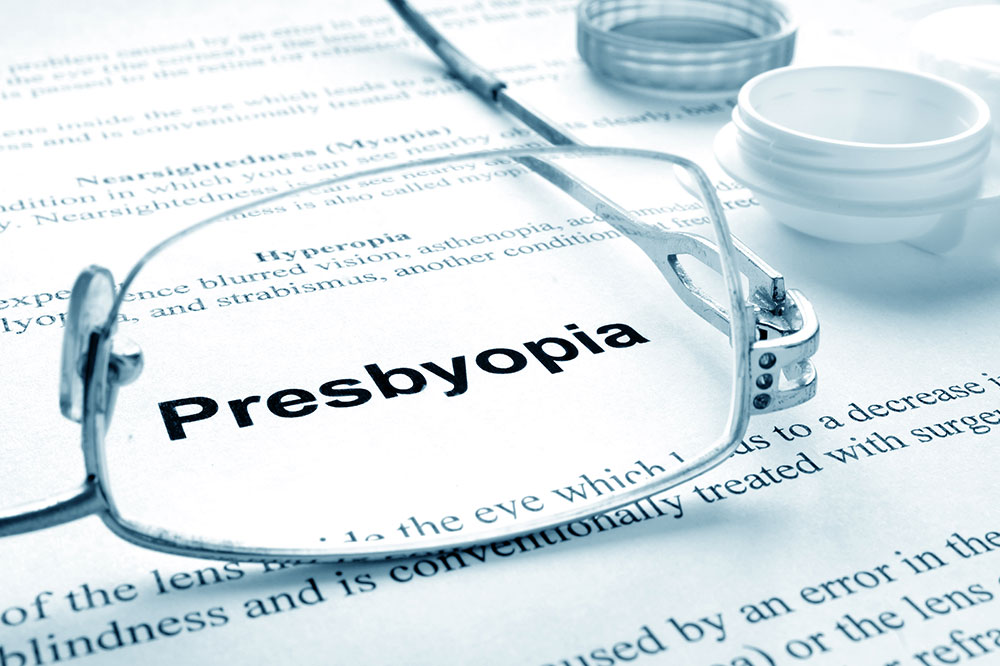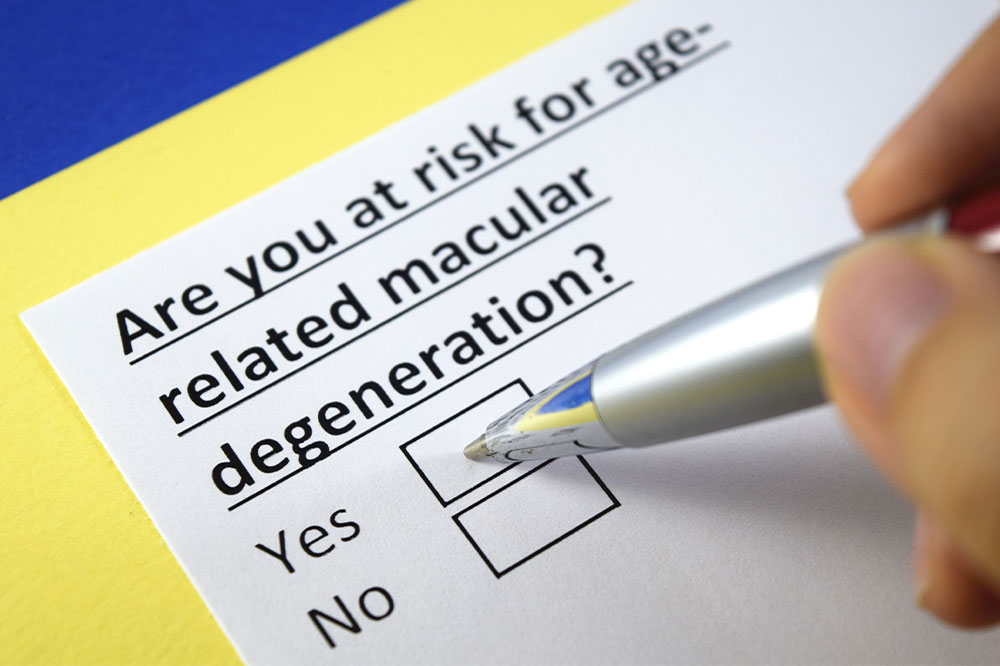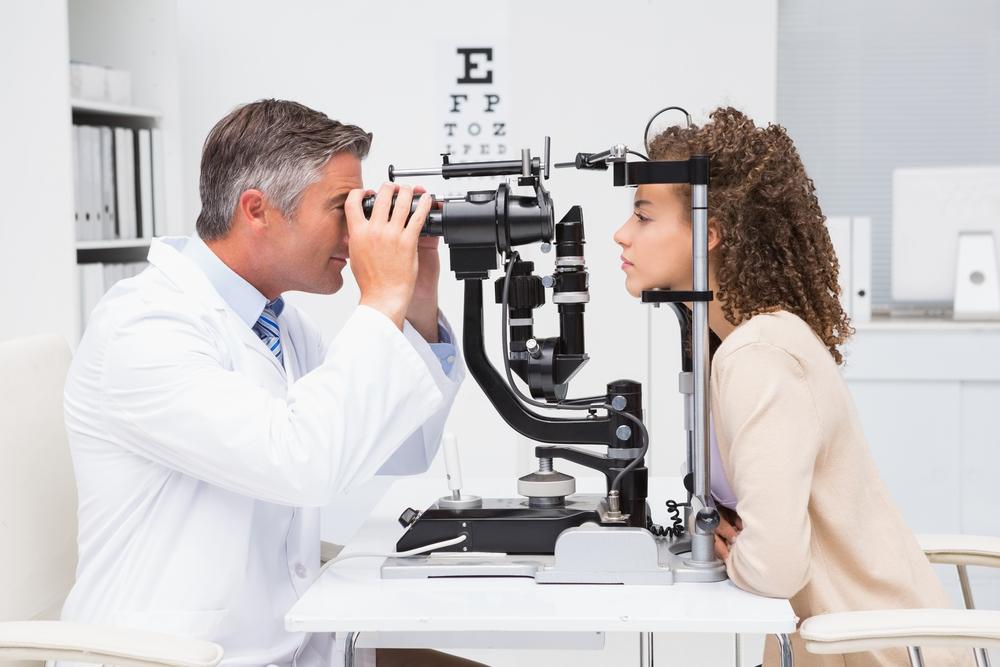Comprehensive Guide to Macular Degeneration: Causes, Symptoms, and Preventive Measures
Discover comprehensive insights into macular degeneration, including its causes, early symptoms, treatment options, and practical preventive strategies. Learn how aging, genetics, and lifestyle factors contribute to this common eye disease, and explore effective ways to maintain eye health and slow disease progression through timely intervention and lifestyle adjustments.

Comprehensive Guide to Macular Degeneration: Causes, Symptoms, and Preventive Measures
Macular degeneration is a progressive eye condition that primarily affects the central part of the retina known as the macula. This condition leads to a gradual decline in central vision, making it difficult for individuals to see fine details necessary for activities like reading, driving, and recognizing faces. Although it is painless, the impact on quality of life can be significant. Most commonly associated with aging, macular degeneration is frequently referred to as Age-related Macular Degeneration (AMD). While it predominantly affects people over the age of 50, younger individuals with certain genetic predispositions can also develop this condition. Understanding the causes, recognizing the symptoms early, and knowing preventive strategies are crucial for managing and potentially slowing its progression.
Though the exact causes of macular degeneration are not fully understood, aging remains the most significant risk factor. The condition involves deterioration of the macula, which is responsible for sharp, central vision. This deterioration manifests in two main forms: dry AMD and wet AMD. Dry AMD is characterized by the thinning of macular tissues and the accumulation of drusen—tiny yellow deposits that form beneath the retina. Over time, these deposits damage the light-sensitive cells, leading to gradual vision loss. Wet AMD, on the other hand, involves the abnormal growth of blood vessels beneath the retina. These vessels tend to leak fluid, blood, or other substances that can cause rapid and severe vision impairment. Understanding these mechanisms is vital for diagnosis and treatment planning.
Risk Factors
Age is the most significant risk factor for developing macular degeneration, especially after age 50. Genetic predispositions also play a considerable role, with family history increasing susceptibility. Environmental and lifestyle factors are equally important—smoking significantly elevates the risk, as does prolonged exposure to ultraviolet (UV) light from sunlight. Obesity and a sedentary lifestyle contribute to vascular issues that can exacerbate the condition. High blood pressure and cardiovascular diseases are associated with increased chances of developing AMD, likely due to their impact on retinal blood flow and overall eye health.
Symptoms
Early symptoms of AMD can be subtle and often go unnoticed. The primary complaint is blurred central vision, which makes focusing on objects directly in front of you difficult. As the disease progresses, individuals might experience distorted vision, where straight lines appear wavy or crooked. Color perception diminishes, leading to dull and less vibrant surroundings. In the case of wet AMD, symptoms can escalate rapidly, with new blind spots or scotomas appearing and causing significant visual distortion. Recognizing these early signs is essential for timely diagnosis and treatment to preserve remaining vision.
Current Treatments and Management Strategies
While there is no definitive cure for macular degeneration, various treatments aim to slow disease progression and preserve vision. For dry AMD, lifestyle modifications are essential—these include improving environmental lighting, using magnifying devices, and taking dietary supplements rich in specific vitamins and minerals. Studies have shown that supplements containing vitamins A, C, E, zinc, lutein, and zeaxanthin can help delay progression in some cases. For wet AMD, more invasive treatments such as anti-VEGF (vascular endothelial growth factor) injections are commonly administered to inhibit abnormal blood vessel growth. Laser therapy can also be used to target and destroy leaking vessels, reducing further damage. Innovative surgical techniques like macular translocation surgery and intraocular lens implantation are emerging options. Researchers are also developing cutting-edge therapies, including stem cell treatments aimed at regenerating damaged retinal tissue. Ongoing clinical trials continue to explore promising new approaches that could revolutionize AMD management in the future.
Preventive Measures and Lifestyle Recommendations
Prevention remains the best strategy for managing the risk of macular degeneration. Regular eye examinations, especially for individuals over 65, are crucial for early detection. Protecting eyes from damaging UV rays by wearing sunglasses and broad-brimmed hats can reduce oxidative stress on the retina. Maintaining a diet rich in leafy green vegetables, such as spinach and kale, provides essential nutrients that support eye health. Incorporating foods high in omega-3 fatty acids, antioxidants, and zinc can bolster retinal protection. Avoiding smoking is paramount, as it significantly increases the risk of AMD. Managing overall cardiovascular health through blood pressure control and physical activity can improve retinal blood flow. Using tools like the Amsler grid—a simple chart for monitoring visual changes—helps detect early signs of deterioration. Finally, discussing nutritional supplementation with healthcare providers ensures that individuals are taking the appropriate vitamins and minerals tailored to their needs.





